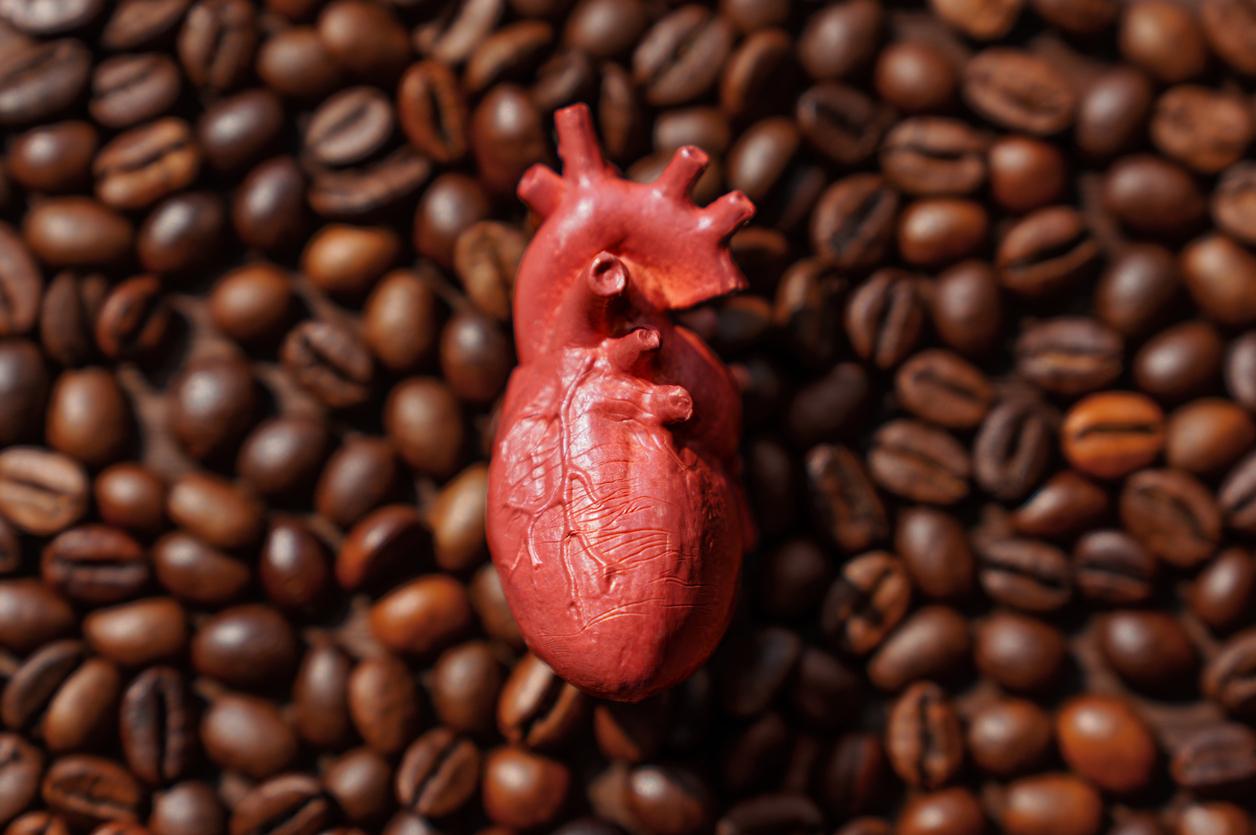The rheumatism and musculoskeletal diseases affect nearly a quarter of the European population according to the 2007 Eurobarometer. World Rheumatism Day which is held on October 12, 2015 is an opportunity to take stock of the medical advances that make it possible to cope better with the disease on a daily basis. A day of research and information, entitled “Together against rheumatism” takes place from 8:30 am to 5:00 pm at the Espace Charenton in Paris. Researchers, patients and rheumatologists will be able to discuss this pathology.
Chronic and disabling illnesses
Musculoskeletal diseases are the leading cause of disability after 40 years. They bring together theosteoarthritis, the’osteoporosis, rheumatoid arthritis, spondyloarthritis but also low back pain. These are chronic pathologies that affect the bones and joints but also the immune system. Recent biotechnological advances offer new hope for improving the quality of life of patients. For example, researchers are trying to act directly on the genome of patients by repairing it when these diseases have genetic causes.
“These genome editing strategies are revolutionary and open up immense fields in many fields of biology. They make it possible, in a simple and efficient manner, to modify genes, in particular for functional studies or for the generation of animal models of diseases and also to consider approaches with therapeutic aims.“explains Carine Giovanangelli, researcher in biophysics at the National Museum of Natural History in Paris.
Another avenue is that of neurostimulation anti-inflammatorywhich reduces pain by acting directly on the communication between nerves and brain. When developing a new treatment, scientists are also looking to reduce the risk of conditions associated with chronic rheumatism, such as cardiovascular disease, infectious disease and even some cancers. Thus, according to Xavier Mariette, head of the rheumatology department at the Kremlin-Bicêtre hospital, “the ultimate goal of any new treatment for chronic inflammatory rheumatism is to improve symptoms, prevent joint degradation and ultimately improve patient survival“.
Source: press kit “Together against rheumatism”.
>> To read also:
Back pain: what if it was an inflammatory disease?
Chronic inflammatory rheumatism: a social network to fight against isolation of patients
The secrets of anti-rheumatism diet
Joint pain: 3 natural solutions to relieve it


















